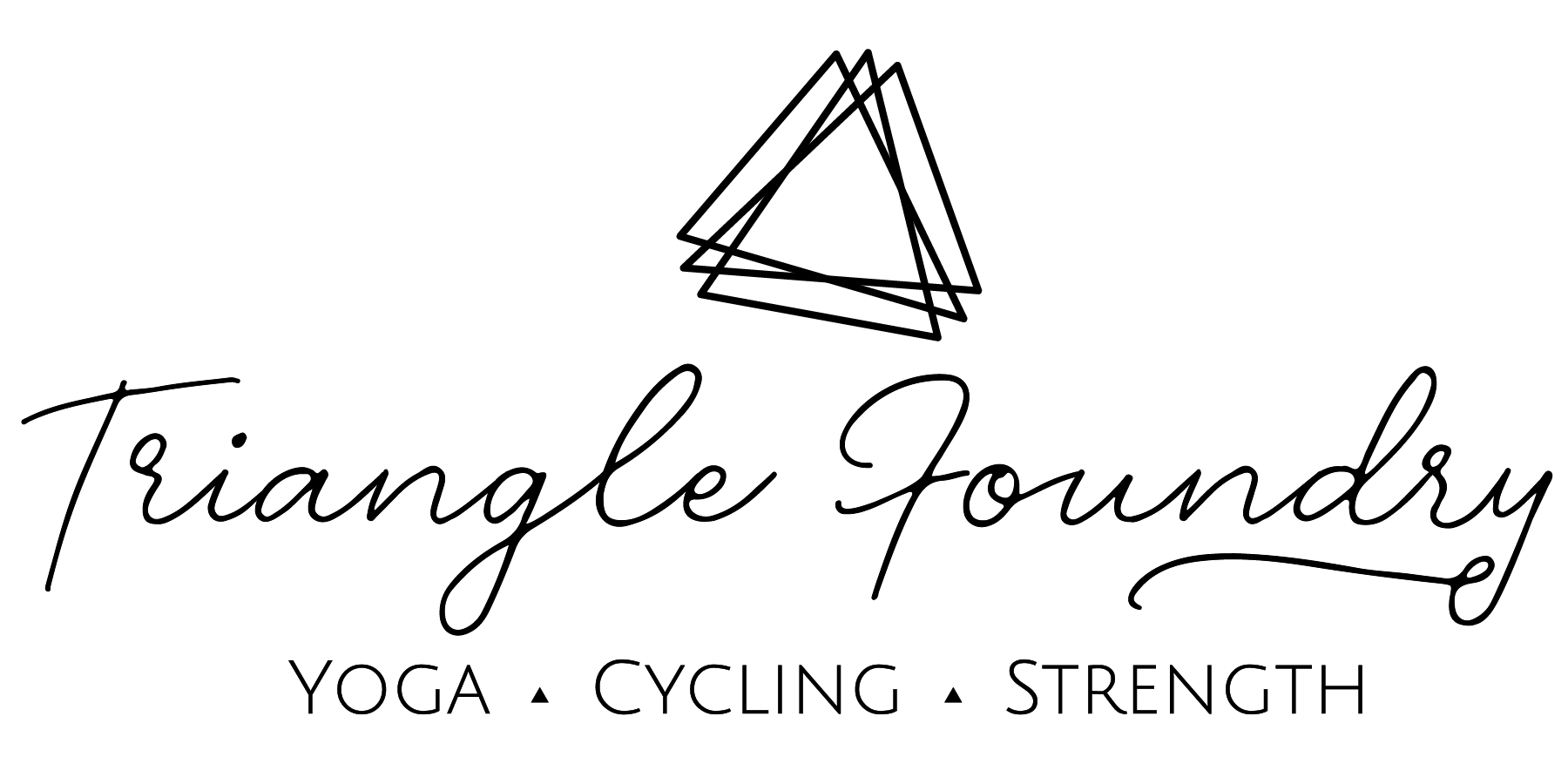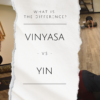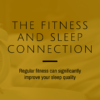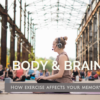Sign up for your New Student Special three week trial to take unlimited classes for 21 days.
Yoga Shape Exploration: Half Pigeon
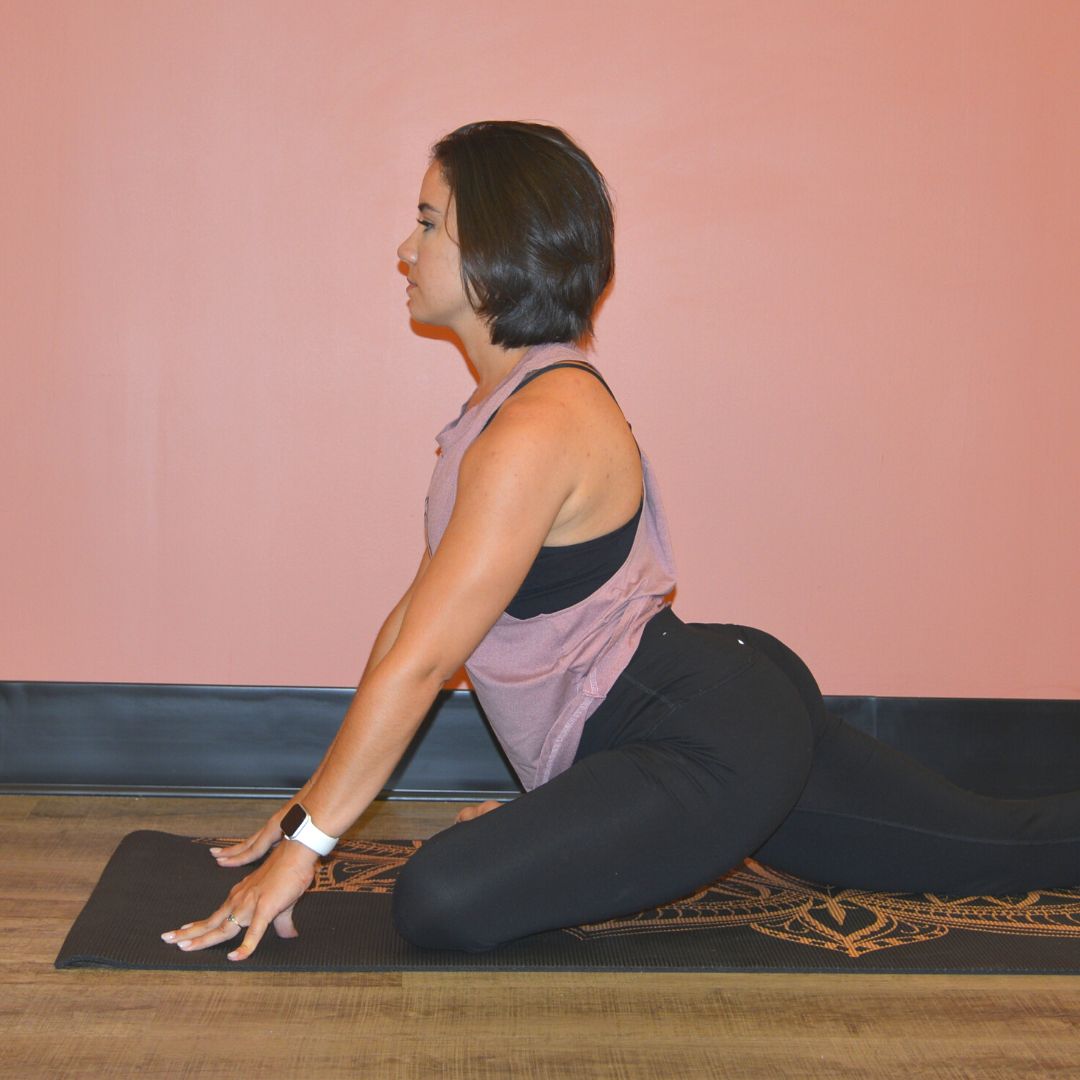
Half Pigeon (or Ardha Kapotasana in Sanskrit) is one of those yoga shapes that people seem to love or dread. The good news is there's plenty of options for it that may allow you to feel more supported in the shape and in control of the amount of sensation you wish to experience.
There's also a few misconceptions when it comes to this shape (like there seems to be about many yoga shapes). We're here to clear those up, keep you safe in your body, and encourage you to explore options of the shape to find what works best for you.
In a general overview, Half Pigeon can be set up like this:
- Start in table top or downward facing dog
- Step one foot halfway up your mat and lower that knee to the floor behind its corresponding elbow
- Lower your pelvic floor to the mat and extend your back leg out behind you
- Your front thigh and entire back leg should be parallel to the long side of your mat
- The top of you back leg should be against the mat and those toes should be pointed but relaxed
- Your front foot can tuck under your torso as you lower your torso towards the mat
That's a general idea of how to setup the shape, but what if your pelvis can't drop towards the mat much? Grab a bolster or some blocks and place them under your front leg's glutes (butt) and you back leg's hip flexor area (front of the hip). You want to feel supported through your pelvic floor in this shape.
What if your torso can't move towards the mat? Stay more upright or place a bolster or blocks under your chest and/or forehead. You can even make a ramp by placing your bolster on two different height blocks!
What are some of the misconceptions we've heard out in the yoga world?
- Your front shin does not need to be parallel to the front edge of your mat. This is actually not safe for a majority of bodies.
- Your arms can go wherever they feel comfortable. This shape's main focus is not your arms or shoulders, so choose a position that is comfortable for them.
What are some things to watch for in this shape?
- Any sharp or radiating pain. If you find that this shape is painful, don't practice it or ask a professional instructor to take a look at your body in the shape and offer suggestions.
- Crooked hips. It's very common for hips to become crooked in this shape. The front leg's hip often wants to drop lower than the back leg's hip. The front leg's hip also like to move more towards the front of your mat than its counterpart. It can take practice and proprioception to understand where your hips are in relationship to each other, so ask an instructor to look at your hips or have a friend snap a photo that you can see. Ideally, you want your hips to be parallel to each other and the same height off the mat.
What muscles are being worked or stretched in this shape?
There's many ways you may experience this shape in your body depending on your daily habits, exercise routines, mobility and flexibility, injuries, age, and more. We're going to talk on a general level, but that doesn't mean that if you don't experience sensation in your body in these areas that you are doing anything wrong.
Our back leg is extended at the hip which may lead to a stretch in the front of that hip flexor, even down into your quads. Because of the pointed back foot, the front lower line of your body is lengthened.
Your front leg's hip is flexed and externally rotated, which lengthens your glute muscles and piriformis (a deep muscle in your butt - learn more about your butt's anatomy here). You may experience a stretch in this leg's butt.
If you are bringing your torso towards the mat, your lumbar and thorasic spine are lengthened, which can provide a stretch throughout your back.
